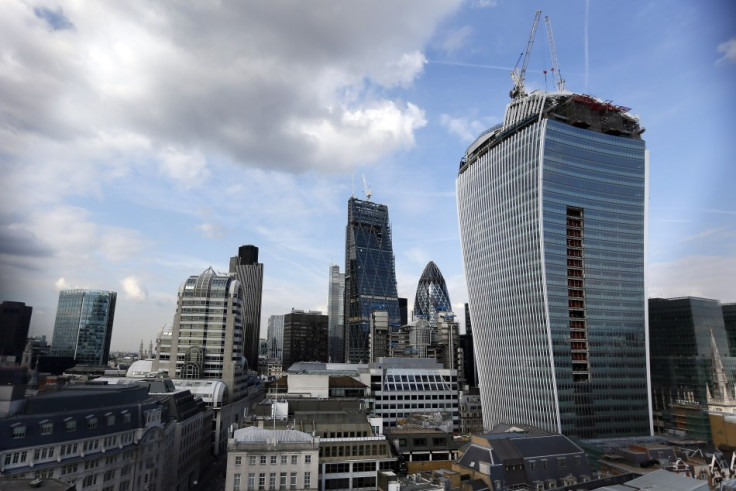London Walkie-Scorchie Skyscraper Cost-Cutting Blamed for Car-Melting, Egg-Frying Reflected Sunbeams

Cost-cutting measures may have been responsible for allowing a high-rise building to become a reflector for sunlight so strong it reportedly melted part of a Jaguar car, cracked shop tiles and was hot enough to fry an egg.
The innovative 37-storey building on Fenchurch Street in the City of London, which curves from a narrow base to a wider top, was originally dubbed the "Walkie Talkie" but has been re-dubbed the "Walkie Scorchie" since damaging concentrated rays of sunlight reflected from its concave mirrored façade were reported.
The 70C beams were lstrong enough to cook an egg, and parking bays below the building were suspended after the wing mirrors, panels, and badge of a businessman's car were said to have been melted by the reflected beams.
The Times reported that developers argued that "fins" placed over windows to reduce glare from the building, which were in the original design by Uruguayan architect Rafael Vinoly, could me made smaller "with no loss in solar shading performance".
"Detailed design studies of the external fins and their solar performance indicated that they did not need to be so long or dense," the developers claimed in documents obtained from the City of London Corporation's planning committee.
The construction of the building was put on hold in 2009 in the wake of the financial crisis when the property market crashed. Modifying the fins allowed the building to be constructed more rapidly and more cheaply.
Gordon Ingram, an expert who carried out solar modelling on the plans for the building, said: "We did provide a report on the revised scheme and we highlighted the potential issue [for solar glare reflection]. The issue is this is an unusual and complex design and it may have been a case of not fully understanding the implication of the analysis.
"There is no guidance in this area and if it had been less sunny this year the problem may not have even come to light."
A screen has been put up around the building to shield the surrounding area from reflected sunlight.
Joint developers Land Securities and Canary Wharf have conceded that the revisions to the plans may have been responsible for the sunbeam problems.
"The final design was the co-developers' decision and we are committed to resolving the issue of the hotspot," said a spokesman.
"It is unexpected and unwelcome but we are confident we will find a permanent solution."
Construction of the building is due to be completed in May. It is 58% let.
© Copyright IBTimes 2025. All rights reserved.






















